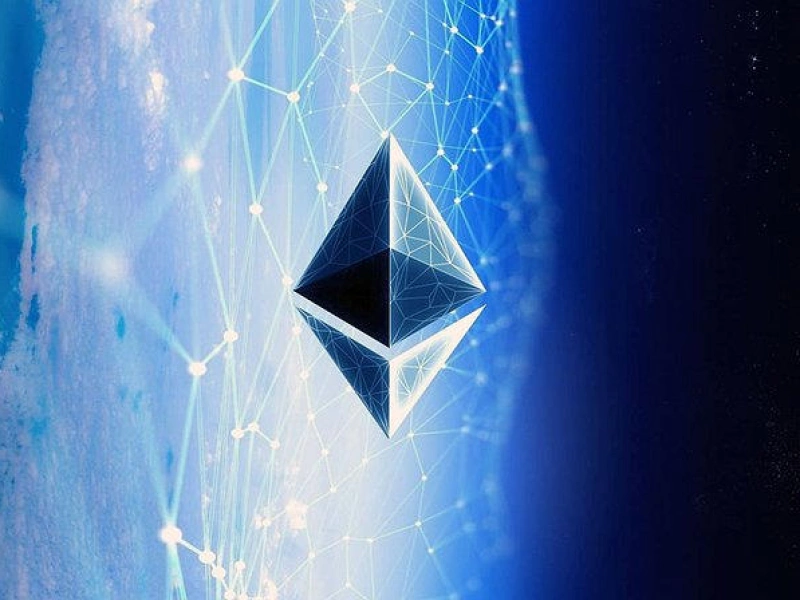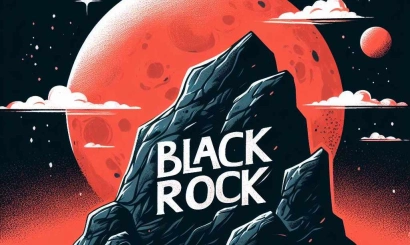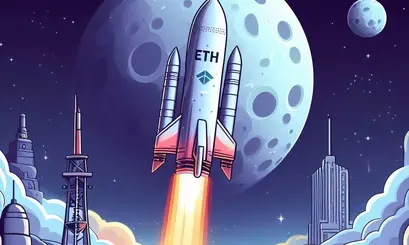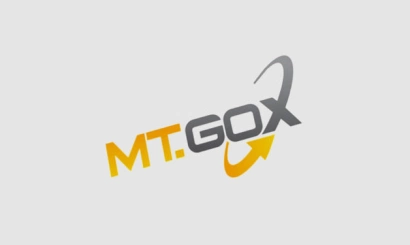Unsubtle Optimism. How to make Ethereum faster and cheaper for everyone
What you need to know about Optimism - a blockchain for fast, cheap transfers to Ethereum
We tell you what you need to know about the popular "second layer" solution for scaling Ethereum, who invested in the project, how it works, and why you need its token
Newcomers encountering the Ethereum network for the first time may be confused by the slowness and costliness of transactions. While Ethereum is clearly the leader among ecosystem blockchains, it has not always kept up with user needs. Some developers are building competing blockchains on unique infrastructure, but others are devoting resources to creating modular blockchain solutions that run on top of Ethereum, allowing for cheaper and faster transactions on the core network.
Those who are betting on so-called "layer 2" (L2) solutions see them as the future of how Ethereum will meet user needs. From 2021 to 2023, venture capitalists have poured billions of dollars into Ethereum scaling products that they believe could become the primary interface for users. Several of these startups have achieved "unicorn" status.
One of them, Optimism, has received financial backing from prominent Silicon Valley crypto investors. In March 2022, the company behind the project, Op Labs, closed a $150 million funding round led by the Paradigm and Andreessen Horowitz (a16z) funds at a $1.65 billion valuation.
According to analytics service DefiLlama, the value of assets (total value locked, TVL) in applications and protocols running on Optimism exceeds $600 million. The market leader among "second-tier" blockchains remains the main competitor - Arbitrum from Offchain Labs (TVL $1.65 billion at the time of publication).
But unlike some competitors, Optimism is actually a "public benefit corporation" (public benefit corporation) with an open code base. "We made a commitment not to monetize the centralized parts of the system, and thus remove the financial incentive for ourselves to remain a centralized project," Op Labs director Jinglan Wang told TechCrunch when speaking to reporters.
This approach has already led to several popular forks (modified copies of code) of Optimism. Optimism's toolkit (stack) and code snippets were used in the development of another popular "second-tier" blockchain, Based on Coinbase, the second-largest cryptocurrency exchange. Since the launch of Base in early August, the average daily number of transactions has decreased for both Optimism and Arbitrum. At the same time, the average weekly number of transactions in the Base network on September 25 reached 921 thousand, compared to 603 thousand for Arbitrum and 334 thousand for Optimism.
The "second tier" solutions exist in various variants, the best known of which are Zero-Knowledge (ZK) rollups and Optimistic rollups. Optimism is based on Optimistic rollups, which is generally seen as a more viable near-term solution due to some of the cryptographic complexities of the ZK category "rollups" created by startups such as StarkWare or Matter Labs, the company behind the zkSync solution. "We allow for the possibility of integrating ZK solutions in the future," Wang speculates, referring to the choice of the technical side. - "We are also pragmatic and don't want our work to agonize forever in the hell of academic research - we want people to use it.
- How Optimism works
The Optimism protocol scales Ethereum's core network by collecting transaction data from its blockchain, aggregating it into individual packets, and then massively terminating those transactions. This data is then sent back to the Ethereum core network for validation in the form of another added block of data. By doing this, the fees required to complete the transactions are drastically reduced compared to if they were executed in Ethereum at the underlying layer.
Optimism, like other solutions from the Optimistic rollups group, uses smart contracts as "bridges" between the underlying network and its own L2 blockchain. The developers utilized a process called fault proof (formerly fraud-proof), in which distributed node operators (nodes) that maintain the blockchain receive fines for dishonest actions or compensation for proven attempts to manipulate data.
All solutions in the Optimistic rollups group are built on the premise that any transactions on the network are valid until proven otherwise. This is why the term "optimism" captures the essence of such solutions. In this case, each transaction can be subject to verification. Invalid transactions are rejected, and the node that sent it to the blockchain is penalized with a "slashing" penalty
Thanks to batch transaction processing, Optimism has on average 10 times lower fees than Ethereum at the base level. Since its launch in 2021, the protocol has saved users more than $1 billion in ETH on so-called gas payments.
- Token and airdrops
In April 2022, the developers launched a decentralized autonomous organization (DAO) called Optimism Collective and first announced the distribution (airdrop) of OP tokens, which are used it as governance tokens. Offchain Labs later adopted a similar approach, creating the Arbitrum Foundation and launching the largest airdrop of its own token ARB in the history of cryptocurrencies.
Governance tokens are the basis for decentralized decision-making in projects around which autonomous organizations (DAOs) are formed. To simplify, it is similar to the decision-making process of a company's shareholders, but projected into the realm of blockchain applications. Usually, users receive management tokens for loyalty and activity in the project community in the form of airdrops or buy them on cryptocurrency exchanges. Tokens allow users to vote on project development issues (the more tokens, the more "weight" of the vote). As a rule, voting is carried out through software smart contracts - in this case, the results of voting, if technically possible, are realized automatically.
At the same time, Optimism initially announced several rounds of airdrop to further incentivize the application or refinement of the protocol even for those users who could not make it to the first round of token distribution. In September this year, the team distributed 19.4 million OP tokens with a total value of about $27 million to 31 thousand recipients who were active in Optimism Collective projects as part of the second planned distribution.
A few days before that, the developers distributed 48 million OP (more than $67 million at the exchange rate at the time of publication) unclaimed during the first airdrop to 88 thousand eligible wallets. For comparison, the founders of Arbitrum decided to send similarly unallocated tokens to the "treasury" of the Arbitrum Foundation.
The capitalization of the OP token at the time of publication exceeds $1 billion, it is traded on leading cryptocurrency exchanges - Binance, Coinbase, KuCoin, Bitfinex, and others. In addition to its use in Optimism Collective voting, the token apparently serves as a financial base for developers. On September 20, they began selling 116 million OP tokens ($162 million) to seven private buyers who will use it to manage Optimism Collective's treasury.
- Compensation to customers of crypto exchange Mt.Gox and new threats from the SEC. Events of the week
- What is a bitcoin-ETF? How it works and how it affects the cryptocurrency market
- Fortune: Coinbase twice interested in buying European FTX platform
- Venezuelan authorities seize dozens of bitcoin miners as they storm local jail
- Tether to spend $420 million on Nvidia graphics cards for German miner
- A former employee of Alameda Research has revealed the reason behind the major collapse of bitcoin price, which was 88% in 2021.
- "Waiting for the denouement". What will happen to Bitcoin in the coming week?




_410x245_00e.webp)


